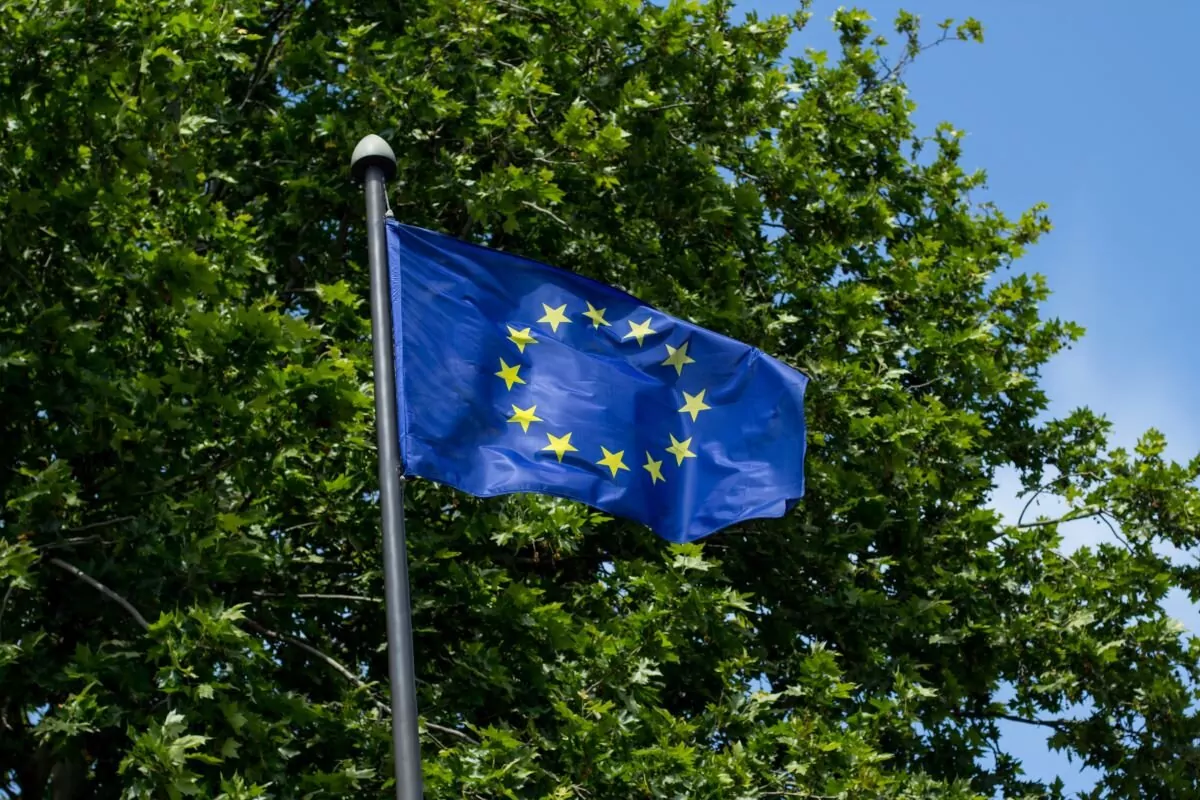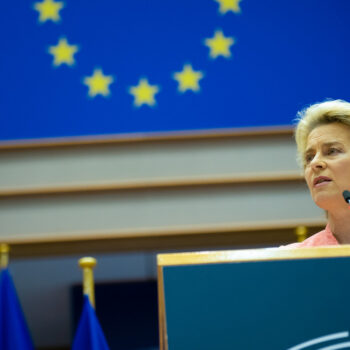On 14 July 2021, as part of the “Fit-for-55” package aimed at adapting the EU’s energy and climate legislative framework to the objective of reducing the EU’s greenhouse gas (GHG) emissions by at least 55% by 2030, the European Commission proposed to gradually implement a “Carbon Border Adjustment Mechanism” (CBAM). The Commission presents the CBAM as a replacement for the existing measures under the EU Emissions Trading System (ETS) to prevent carbon leakage.
For the EU CBAM to be effective and meet its climate objectives, EU lawmakers will have to ensure that the design of the mechanism meets several critical criteria. In addition, the EU must also develop a more comprehensive and prospective strategy, combining diplomatic engagement towards its trading partners with the strengthening of the EU’s and national customs authorities’ capacities. The French Presidency of the Council announced that reaching an agreement on CBAM will be one of its top priorities.
As discussions have intensified, both in the European Parliament and between Member States, the Green Trade Network issues this Summary for EU Decision-makers highlighting four, mutually reinforcing, essential principles to delivering a robust, effective and ambitious CBAM:
- Non-protectionist and WTO compliant
- Strengthen climate action
- Ensure environmental integrity and be built upon transparent governance and robust verification
- Be carefully integrated in the EU’s broader climate diplomacy
The Green Trade Network is a group of policy experts from 20+ European Research Organisations, ranging from think tanks to NGOs and academia, conducting evidence-based research and outreach activities on the trade and environment nexus. GTN member organisations are based in 9 EU Member States, but also in the United States of America, United Kingdom and Switzerland. The aim of the GTN is to collectively promote a European agenda for a better alignment of trade policies and trade-impacting measures with key environmental and climate objectives.


